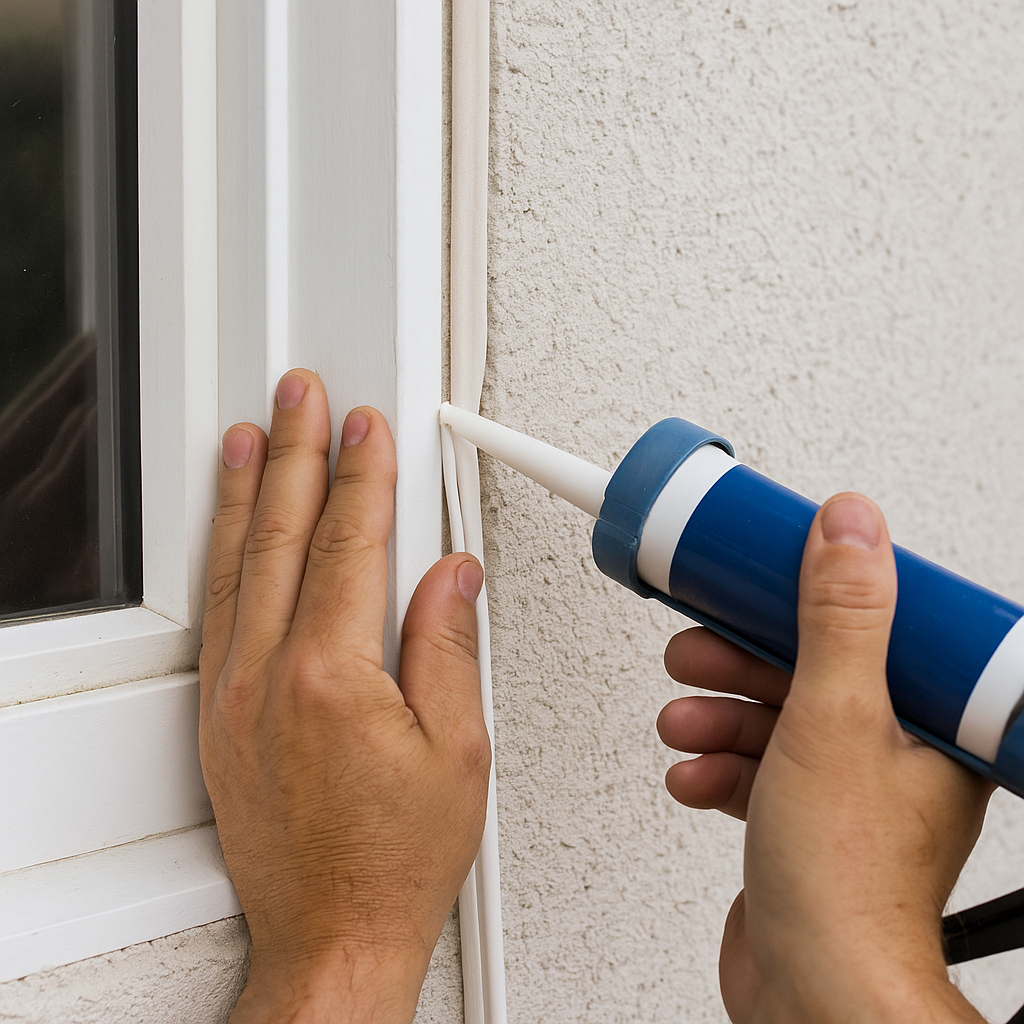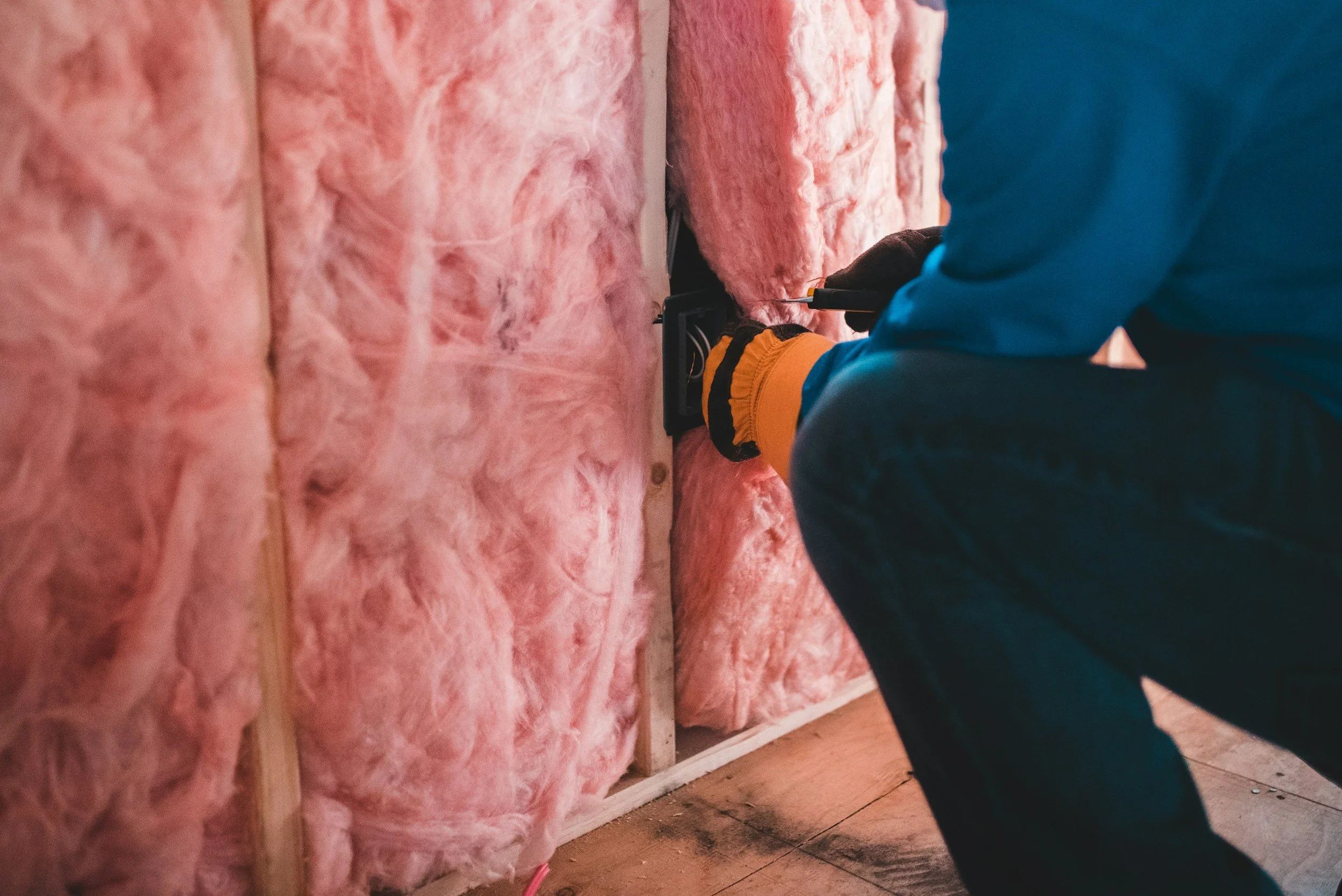How to Insulate a Cabin or Shed for Cold Weather
Winter in Utah can be stunning, but it also brings frigid temperatures, icy winds, and heavy snow that can quickly make a cabin or shed uncomfortable if it is not properly insulated. Preparing your structure for the cold is not just about comfort. Proper insulation helps keep heating costs low, protects the building from moisture damage, and makes your property usable all year long. Whether you have a small off-grid getaway or a future homestead in mind, insulating your cabin or shed can turn it into a warm and reliable space through the harshest winter days.
1. Seal Up Any Drafts First
Before installing insulation, it’s important to make sure the structure is as airtight as possible. Even small gaps and cracks can let freezing air slip in and warm air escape, which weakens the effectiveness of your insulation and makes heating more expensive. Taking the time to seal up drafts not only improves warmth but also prevents moisture problems like condensation and ice buildup around weak spots. This step is often overlooked, but it is the foundation of good winter preparation.
Common areas to inspect and seal include:
Window and door frames where gaps often form over time
Floorboards and baseplates that allow air to seep through from underneath
Rooflines, corners, and siding edges that shift slightly with temperature changes
Utility entry points where pipes, vents, or wiring pass through the wall
Use weatherstripping on doors and windows, caulk along seams, and foam sealant for larger cracks. Installing a door sweep under exterior doors can make a noticeable difference in temperature control. If your structure is older, giving extra attention to sealing can drastically improve how well the insulation performs later on.
2. Insulate the Walls and Ceiling
Walls and ceilings are where the majority of heat escapes, so this is where insulation has the greatest impact. Since warm air naturally rises, an uninsulated ceiling will quickly let precious heat drift out of the structure. By focusing on these surfaces, you create a stable interior environment that stays warm longer and requires less fuel or energy to maintain. Even small cabins benefit greatly from this step.
Some of the best insulation materials to consider are:
Fiberglass batts or rolls, which are affordable, widely available, and easy for DIY installation
Foam board insulation, ideal for smaller spaces where every inch matters and a clean look is desired
Spray foam insulation, which creates a strong air seal but comes with a higher upfront cost
Once installed, it’s best to cover insulation with plywood, paneling, or drywall to protect it from damage. A properly insulated wall and ceiling system keeps heat inside, reduces drafts, and can extend your comfortable winter stay by hours or even days during particularly cold snaps.
3. Don’t Forget the Floor
Heat loss through the floor is often underestimated, but it can have a major impact on how warm your cabin or shed feels. Cold air flowing beneath a raised structure can create a constant chill that is hard to fight, even with good heating. Insulating the floor is especially important in rural Utah where winter nights often dip well below freezing. By adding insulation underfoot, you create a barrier that helps trap heat where it belongs.
Practical steps to insulate the floor include:
Installing rigid foam board or fiberglass batts between floor joists to create a thermal layer
Adding a vapor barrier to block ground moisture and prevent condensation buildup
Laying down thick rugs, insulated mats, or flooring panels to increase comfort inside
This is also a good time to check any pipes or utility lines under the floor to ensure they are insulated as well. Protecting the underside of the structure keeps it warmer, prevents damage from ice, and makes the entire space more efficient to heat.
4. Upgrade Windows and Doors
Windows and doors are some of the most common culprits when it comes to heat loss. Even if the rest of your cabin is well-insulated, a few leaky windows can undo all that effort. The good news is that you do not always need a full replacement. Simple, affordable upgrades can dramatically improve the way your structure holds heat during the winter months.
Effective improvements include:
Applying weatherstripping to window and door frames to block out drafts
Using thermal curtains or insulated window film to keep warm air inside
Adding clear acrylic panels or storm windows to single-pane glass for extra protection
Placing draft stoppers at the base of doors to prevent cold air from sneaking in
These upgrades create a more sealed and stable interior temperature. Better window and door insulation also means less condensation, which helps protect the structure from long-term moisture damage.
5. Add Heating and Ventilation Wisely
Once your cabin is sealed and insulated, heating becomes much more efficient. However, choosing the right heating system and maintaining proper ventilation is just as important as the insulation itself. A warm, airtight cabin without good airflow can trap moisture inside, leading to mold or rot over time. Balancing heat and air circulation keeps your space comfortable, dry, and safe to use all winter.
Good heating and ventilation options include:
A small wood stove or pellet stove for steady, reliable heat
Propane heaters that work well in off-grid settings
Electric space heaters for smaller structures or occasional use
Roof vents or small fans to maintain airflow and reduce condensation
Always ensure proper venting and install a carbon monoxide detector if your heat source involves combustion. A well-insulated and safely heated cabin can stay warm through long, cold nights without consuming unnecessary energy.
Enjoy a Warm and Comfortable Cabin All Winter
Insulating your cabin or shed for winter is one of the best investments you can make in your property. It keeps the interior warmer, protects the structure, lowers energy use, and extends the amount of time you can comfortably enjoy your land during the cold season. Whether you use your property as a weekend retreat or a full-time homestead, proper insulation gives you the freedom to enjoy Utah’s winters instead of simply enduring them.
Quick Tips Recap
Seal air leaks before installing insulation to prevent heat loss
Focus insulation on walls, ceilings, and floors for maximum impact
Upgrade windows and doors to reduce drafts and moisture buildup
Pair insulation with safe heating and proper ventilation
Protect your structure from cold, condensation, and wind



